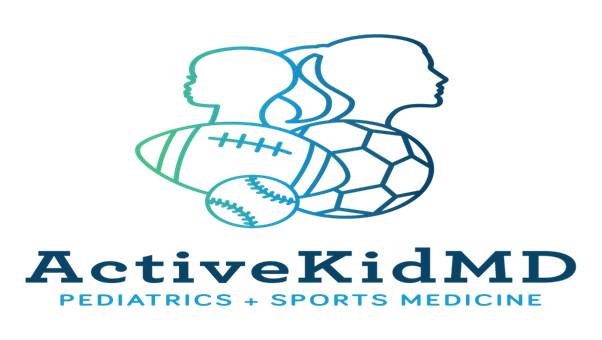Filtering by Tag: treatment of concussion
How Much Rest Right After a Concussion?
A 16 year-old running back suffers a direct blow to the head in a Friday night game. He immediately has a headache and dizziness and is removed from the game. He is sent home in the care of his parents after a discussion of particular signs and symptoms that would require emergency evaluation, and follow-up on Monday has been arranged with the his pediatrician.
In the meantime, what should he be able to do over the weekend?
Traditional post-concussion recommendations have focused on strict limitations in both cognitive and physical activity until resolution of concussion-related symptoms. The “cocoon treatment” where absolute avoidance of all stimulation, often carried out in a dark bedroom for several days, was one such initial recommendation.
More recent data suggests that over-aggressive reduction of cognitive and physical stimulation may actually prolong post-concussion recovery. Thomas et al in Pediatrics found that a strict 5 days of rest resulted in more daily reported symptom scores and slower symptom resolution versus 1-2 days of rest followed by stepwise return to activity. Zemek et al presented a paper at the 2016 Pediatric Academic Societies Meeting reporting that exercise within seven days of injury was associated with nearly half the rate of persistent post-concussive symptoms, or those that last beyond a month.
Striking a balance between overstimulation and understimulation is best done on an individual basis taking into account symptoms and patient preference. Allowing brief (initially 10-15 minute) intervals of activity such as light reading, listening to music, easy walking, or even texting can reduce feelings of isolation and foster recovery. Patients should focus on one activity at a time (no “multitasking”) and should immediately stop activities that result in worsening of symptoms. Regular medical follow-up evaluation can help determine further at-home activity recommendations and also guide return to learn and ultimate return to sport progression.
